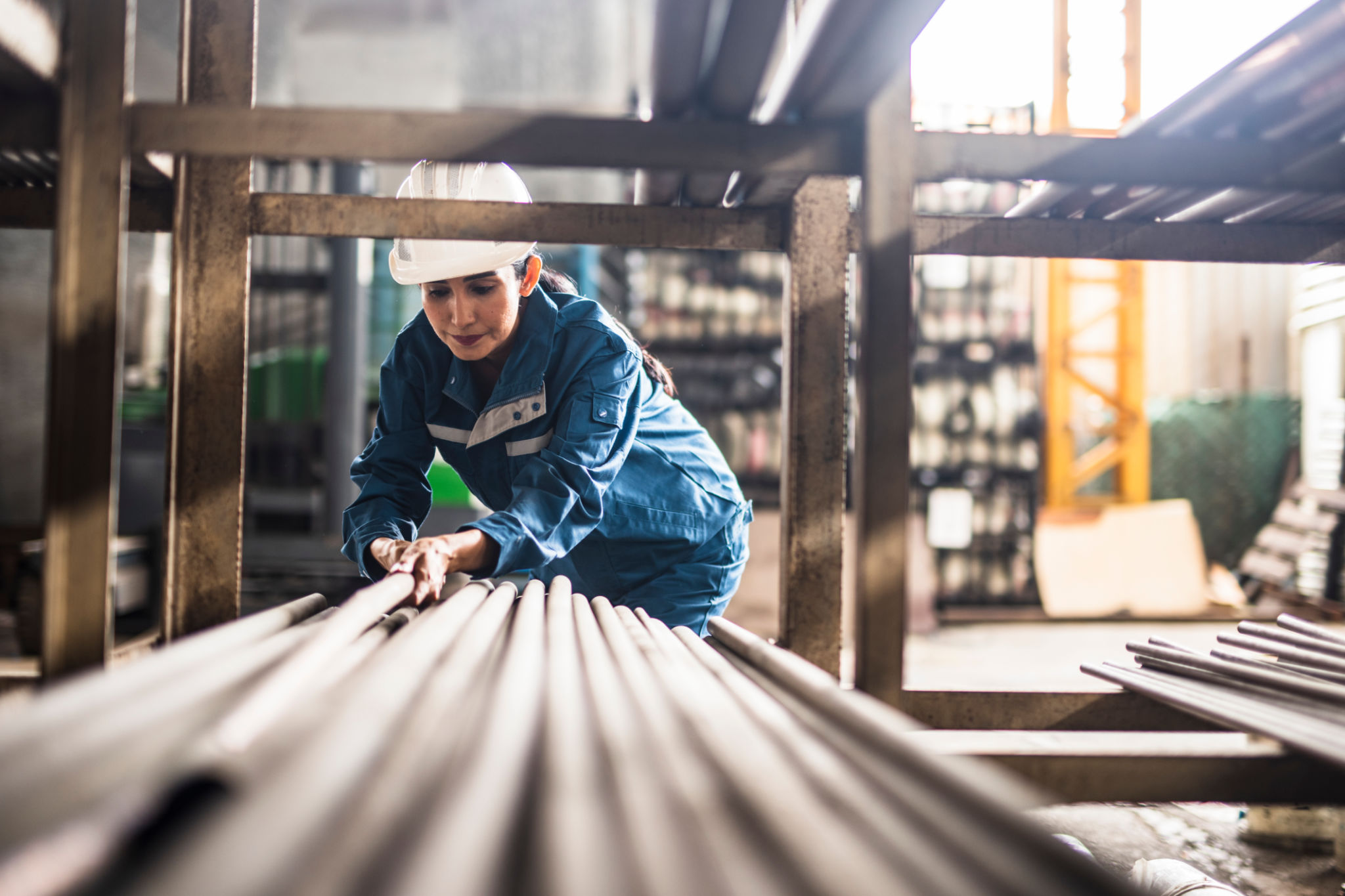Common Misconceptions About Metal Casting Debunked
The Basics of Metal Casting
Metal casting is a manufacturing process where molten metal is poured into a mold to create a desired shape. Despite its widespread use in industries like automotive, aerospace, and construction, there are several misconceptions about this age-old technique. In this blog post, we'll debunk some of the most common myths surrounding metal casting.

Misconception 1: Metal Casting is Only for Large Productions
One of the most prevalent misconceptions is that metal casting is only suitable for large-scale production. While it's true that metal casting is often used for mass production due to its efficiency and cost-effectiveness, it's also an excellent choice for small batches and custom projects. Small foundries and specialized casting companies often cater to niche markets, providing bespoke solutions without the need for extensive production runs.
Versatility in Production
The versatility of metal casting allows for the creation of intricate designs and complex geometries that might be challenging to achieve with other manufacturing methods. This flexibility makes it a preferred choice for artists and designers who seek to bring their unique visions to life.

Misconception 2: Metal Casting Produces Low-Quality Products
Another common myth is that metal casting results in low-quality products. This couldn't be further from the truth. The quality of cast metal parts largely depends on the materials used, the precision of the mold, and the skill of the foundry workers. Modern advancements in technology have significantly improved the quality control processes in metal casting, ensuring high standards in both durability and finish.
Advancements in Technology
Today, computer-aided design (CAD) and computer-aided manufacturing (CAM) play a crucial role in enhancing the precision and efficiency of metal casting. These technologies enable the creation of detailed prototypes and simulations, reducing the margin for error and improving overall product quality.

Misconception 3: All Metals Can Be Casted Equally
It's a common belief that all metals can be cast equally well, but this is not accurate. Different metals have unique properties that affect their castability. For instance, cast iron is known for its excellent fluidity, making it easier to cast intricate shapes. On the other hand, metals like titanium require specific conditions and expertise due to their high melting points and reactivity.
Understanding Material Properties
Understanding the properties of different metals is crucial when considering metal casting for a project. Factors such as melting point, thermal conductivity, and reactivity play a significant role in determining the appropriate casting method and materials. Consulting with a knowledgeable foundry can help in selecting the right metal for your specific needs.
Conclusion
Metal casting is an ancient yet dynamic process that continues to evolve with technological advancements. By debunking these common misconceptions, we hope to shed light on the true capabilities and potential of this versatile manufacturing method. Whether you're considering metal casting for large-scale production or a custom project, understanding the facts can help you make informed decisions.
